Our Composting Toilet Aboard – Love-Hate Relationship (Pros and Cons).
Of course I want clean oceans. They were our home for four years, after all. Yet, self-sufficiency comes at a price, which sometimes stinks (yes, intended).
Composting toilets on boats are becoming quite popular. Advertised as great for the planet, easy to use and requiring minimal maintenance, it is not a surprise boaters are amongst the best customers.
This post has many inspiring benefits, as well as some unpleasant truths.
You have been warned.
Find more useful, essential and everyday boating gear on our page dedicated to it: The Boat Gear Page
Our Composting Head Aboard
When we bought our catamaran, we found four Air Head Composting Toilets aboard – white, pretty and waiting to be used.
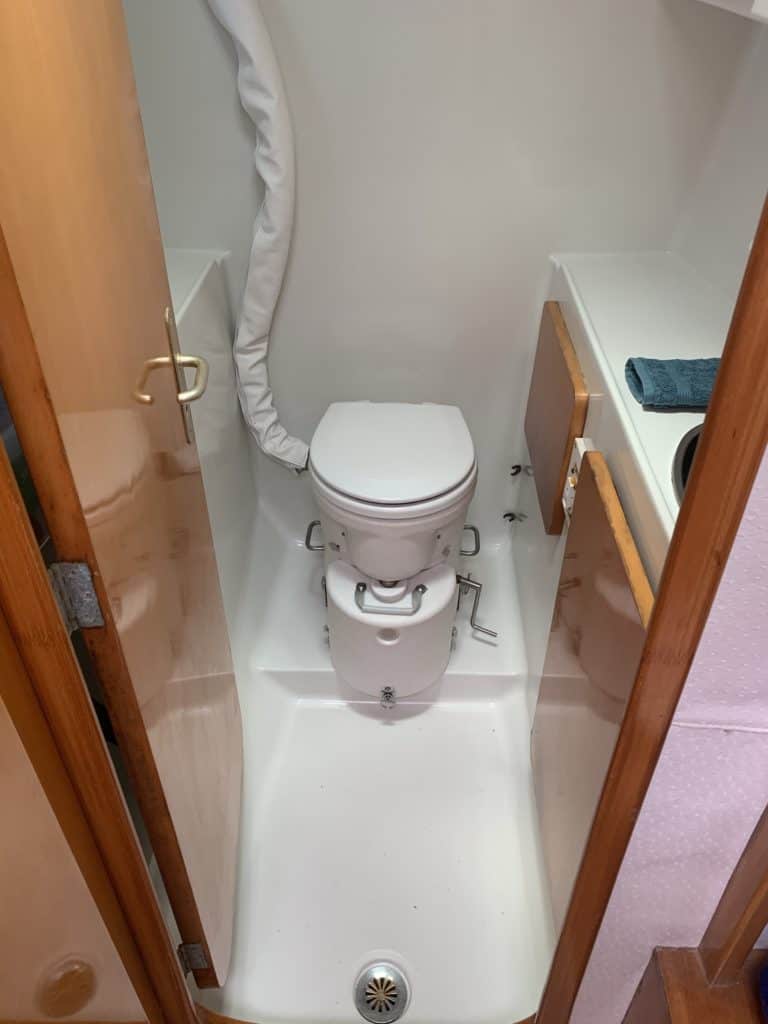
The boat came with them. I was determined to like them.
As I started reading and researching (and worrying – an integral part of my thinking process), I found out that there were three main competitors on the boating market: Air Head, Nature Head, the home-made bucket.
For purely commercial purposes, I will not be discussing the bucket. There are a few YouTube tutorials as to how to make one, how to use it, and how to wish you had not done it.
What I Loved About it – Pros
The Air Head is not cheap, it is currently around $1100. At $4500 worth of planet love aboard, I had to make it work.
Clean anchorage.
With the composting head, I knew that the crystal-clear water around our boat was to remain such, during our entire stay there. All the waste was aboard.
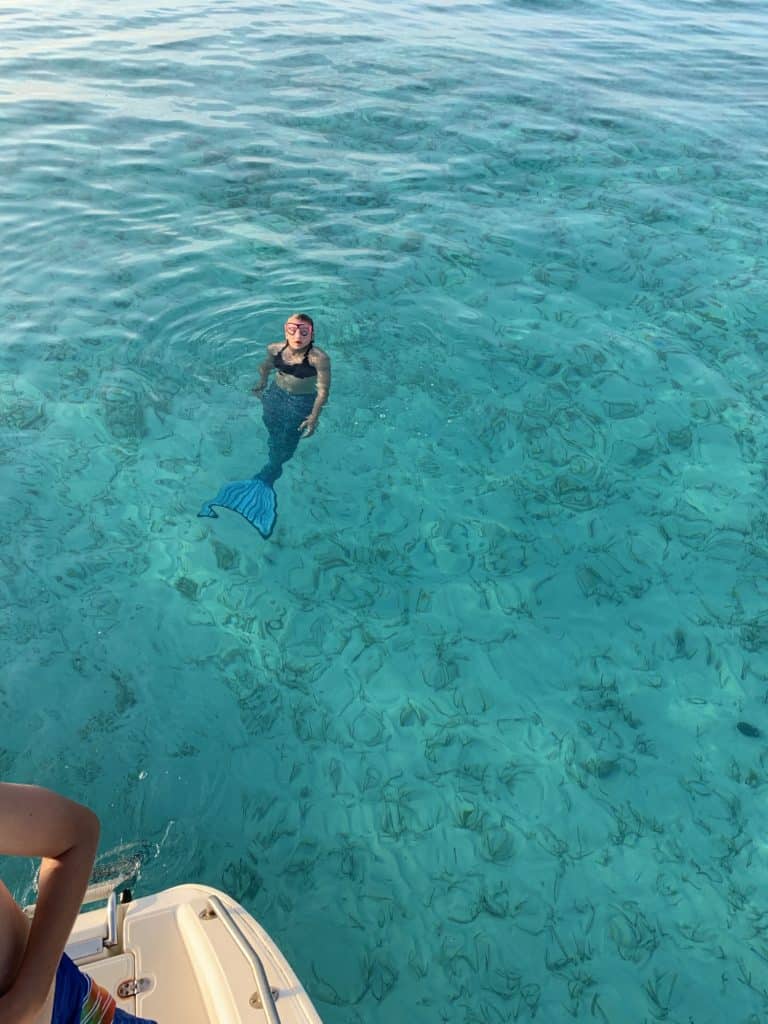
Our kids swam around the boat all the time. I will say no more.
Actually, I will say more, so keep on reading.
I cleaned the liquid containers early in the morning. Liquids can go in the ocean, nothing too special about them.
Boaters tend to congregate in the same anchorages, they are known and popular. There are no pump-out boats there.
Sometimes you find unpleasant things in the water (not everyone cares to sail offshore and open their holding tanks there).
For more unpleasant things in the water, visit Pig Beach: How to Survive Pig Beach, Bahamas. Behind-the-Scenes Peek.
No holes on the hull.
Zero holes on the hull means zero chance for valves to fail and water to come in the boat.
When things do fail, make sure you have the right tools:
27 Important Tools for Boaters. Our Captain’s Favorite Toys.
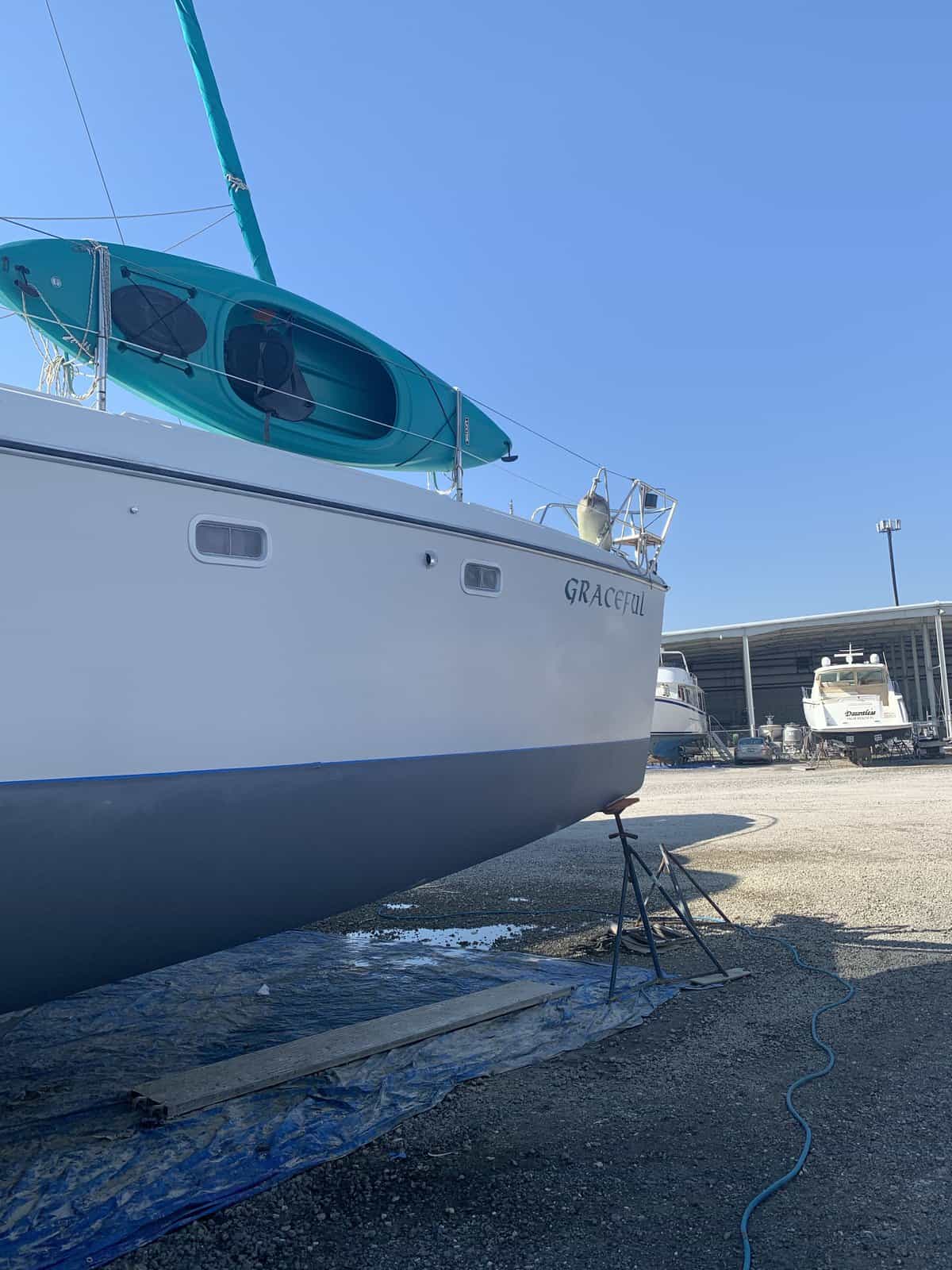
When less than an inch of material separates you from thousands of feet of abyss below, extra piece of mind can go a long way.
It took me a while to fall asleep to various swishing sounds around me. I kept waking up to check if the boat was sinking (if you are a boat mom, you have done it too, admit it).
Read our posts about safety gear:
What is a PFD? Easy Guide and Common Questions.
12 Safety Gear Essentials for the High Seas.
10 Most Reliable Sailing Life Jackets (Adults and Kids)
First Aid Kit Aboard – Supplies and Organization
No plumbing.
Zero plumbing means zero plumbing maintenance. It saves tons of money, but, more importantly, tons of headaches dealing with toilets and holding tanks.
We replaced all of the plumbing when we moved on our catamaran – it takes a lot of work and there are lots of valves and hoses involved.
Nothing to clog.
It is impossible to clog the composting head.
There are two containers – one for liquids, and one for solids.
The two containers are just two containers and nothing more. Anyone can clean them (not everyone wants to, but that’s another post).
No smells aboard.
I have yet to visit a boat and not smell that strange, typical boat smell. Only it is not a boat smell.
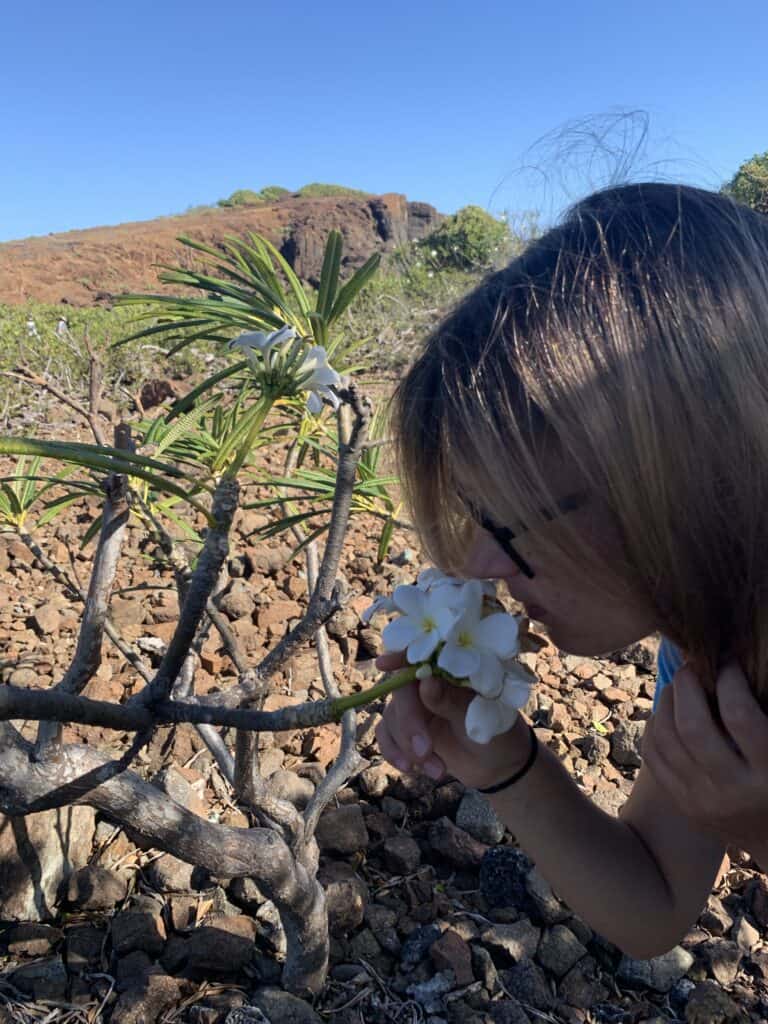
Holding tanks smell. There are chemicals and enzymes to add, which alters the smell a bit.
But they do smell. Our friends would try various tricks to change that. Some worked better than others.
When your galley is a step away from your head, smells matter.
Helpful galley posts:
25 Galley Gear Essentials (We Used All the Time).
Affordable Freezer Aboard (Because Ice Cream Matters).
Storing and Organizing Food Aboard – You Can Beat Heat, Moisture and Motion!
Provisioning for Bahamas (With Free Meal Plans – Totally Doable!)
How to make yoghurt, with a story!
No fresh water wasted.
Fresh water is a precious resource when you live on a boat and make your own. We were very careful with our water use, because it took over two days to fill up our water tanks.
We also used fresh water for our automatic washer aboard.
Flushing toilets aboard can use salt water, but must also use fresh water, to prevent growth of microorganisms and nasty smells.
Everyone can imagine how much water goes into one flush, even if less than your typical land toilet.
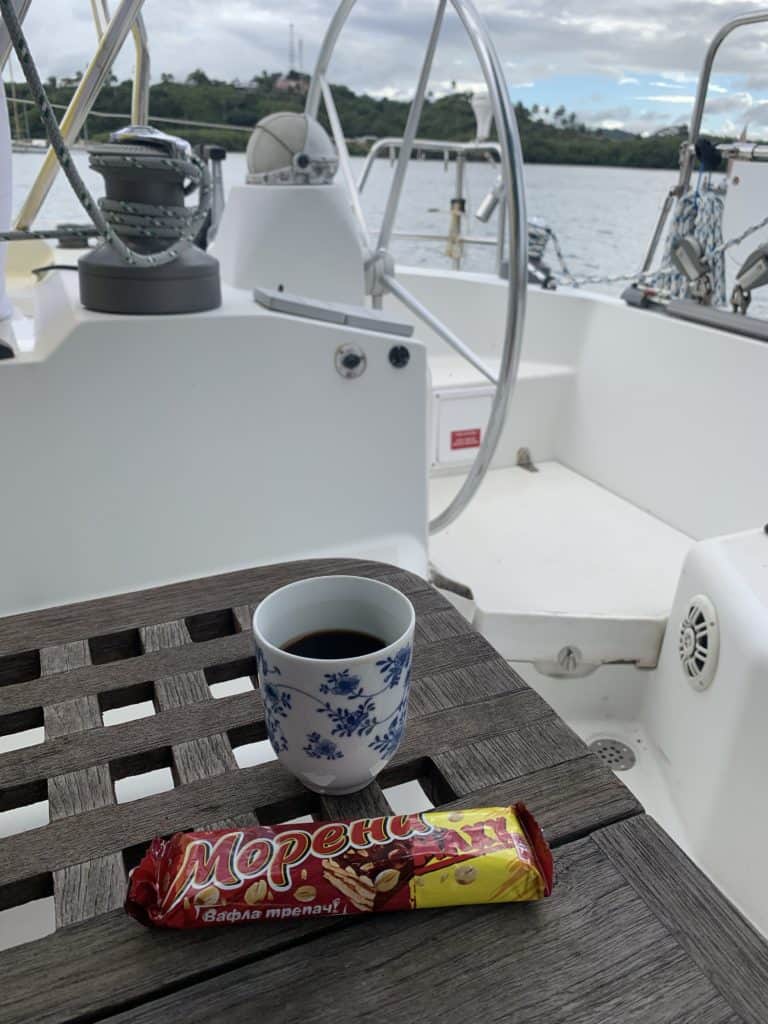
Easy to use.
The hole for the solids container is very large. It is very easy to open and close as needed.
The liquids go into a separate container.
To mix the coconut coir with the solids (in order to start the composting process), you just turn a handle a few times. That’s it.
Cleaning sucks, but it is not difficult.
Easy solutions for everyday boating gear:
My Washing Machine Aboard – Forget Bucket Laundry!
19 Best Boating Bags. Tips How to Use Them.
9 Sailing Outfits for any Season and Reason
Comfortable Sailing Shoes for Every Boating Need
27 Perfect Books for Boaters.
Easy to clean.
There are no corners in the containers. This makes cleaning fairly easy.
We only used vinegar and water mix, and paper towels. No hard chemicals (well, except one time, while dealing with an infestation).
If you need to have the toilet very well cleaned – if leaving the boat, selling, etc. – you can submerge the whole thing under water for 24 hours or so.
That will help remove anything stuck and solidified.
What I did Not Love – Cons
With all the benefits a composting head brings, come a few tricky details, which are enough to make you question your love of nature.
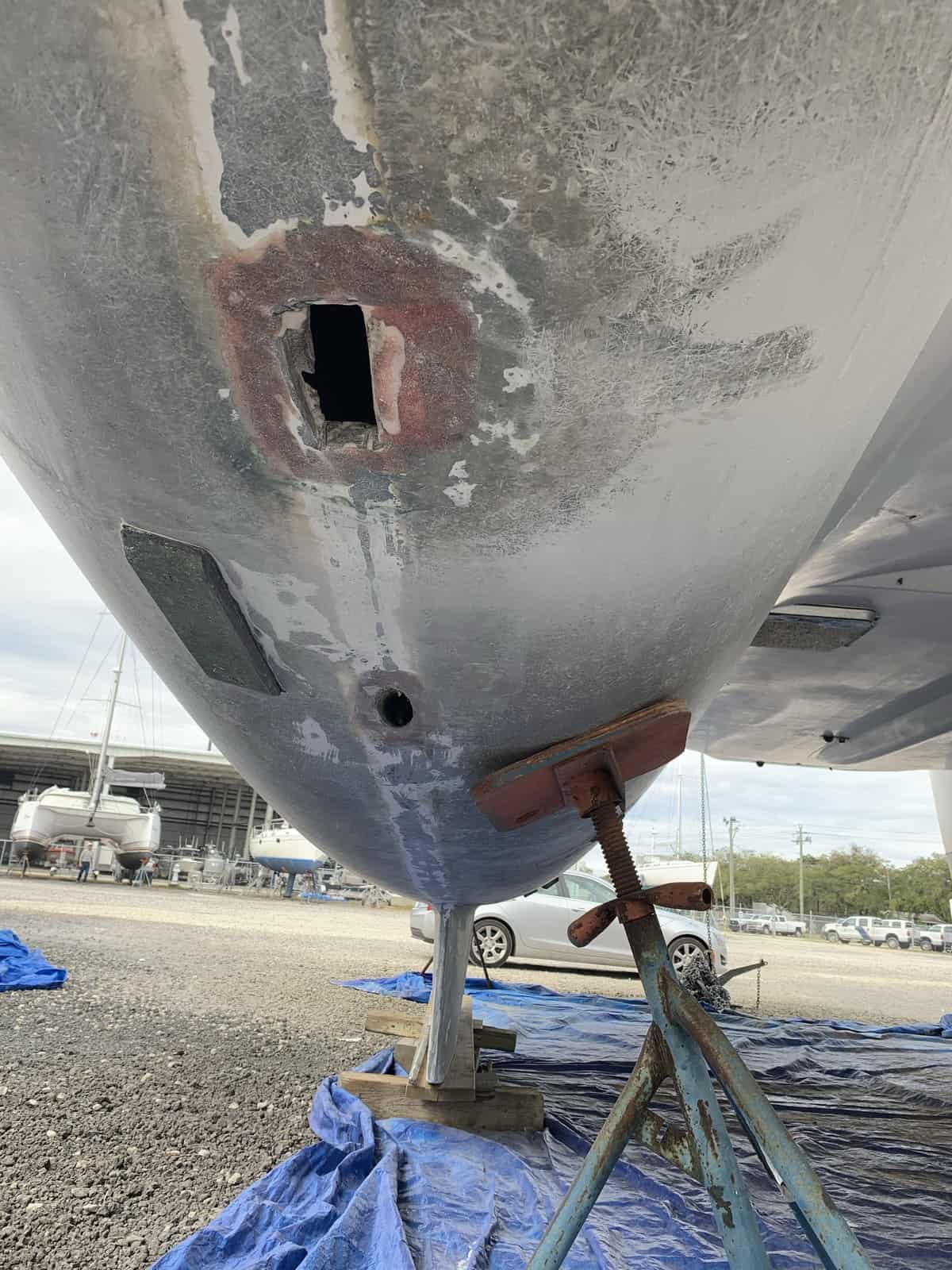
Daily cleaning.
We only used two heads aboard. That meant two liquid containers had to be emptied and rinsed every single day.
No exceptions, or you end up with an overflowing liquids container.
Not ideal for daily use.
With five people aboard, nothing had time to decompose. At all.
We used the toilets all the time, when anchored (we only stayed at a marina once), and coconut coir only works so fast.
We had to take bags of solid waste ashore to throw out. Or take long sailing trips offshore, to empty away from anchorages (at least 5 miles away, 3 is the official USCG rule).
Supplies are not easy to obtain.
The most common decomposing medium is coconut coir. No, we did not make our own.

It comes compacted in “bricks”, used for planting.
I ordered a million from Home Depot (it is where they were the cheapest at the time) before we sailed away from the US.
We used one and a half bricks every week. It is hard to find it elsewhere, impossible in small islands.
Going to the Bahamas? Read these:
Sailing from Miami to the Bahamas: What You Need to Know
Provisioning for Bahamas (With Free Meal Plans – Totally Doable!)
Guests feel a bit too personal.
We had lots of guests aboard. Lots!
Boaters knew better and dinghied back to their boats for number #2.
That was simply not possible with overnight guests, or younger kids.
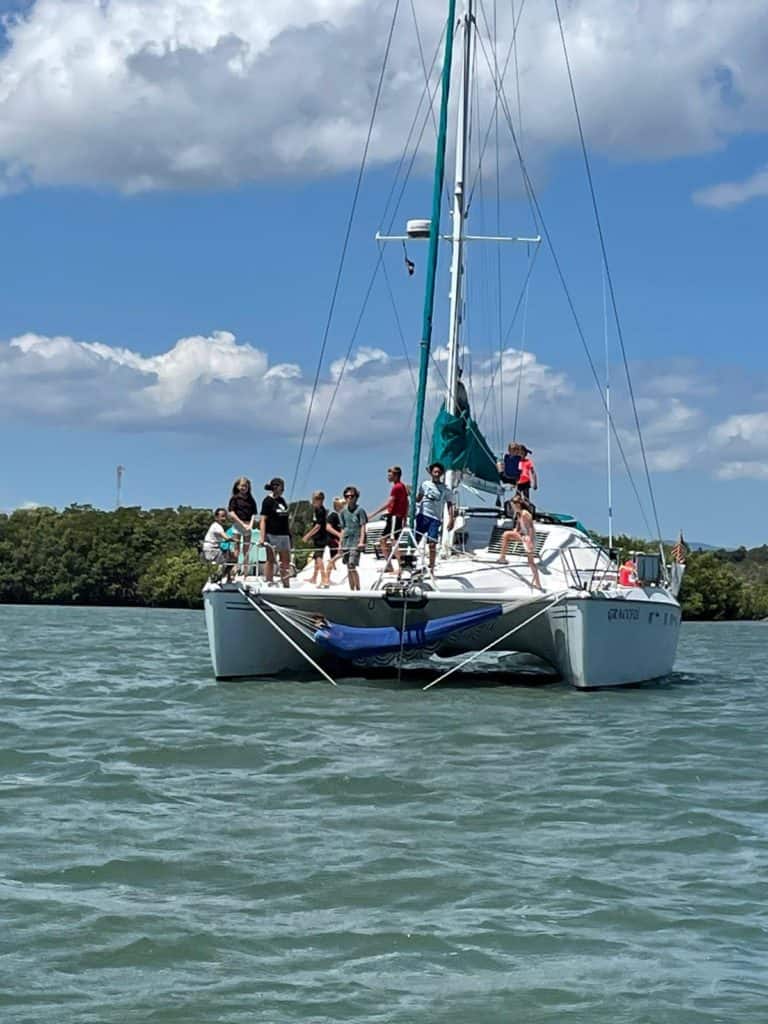
So, yes, you really must love your visitors, because they do leave a part of themselves behind, for you.
For more pleasant things guests can leave behind, read my post:
51 Classic Gifts for Boaters. Ultimate Guide (Cruisers Approved)
Guests visit from port side only.
The venting hose for the Air Head is connected to a small vent on the side of the hull. All the smell from the solids container goes out through that vent.
With the boat anchored, the breeze takes that smell, right past the hull, and sometimes in the cockpit. Kind of gross.
Luckily, most anchorages have decent breeze. But we kindly asked guests to climb aboard using the other hull.
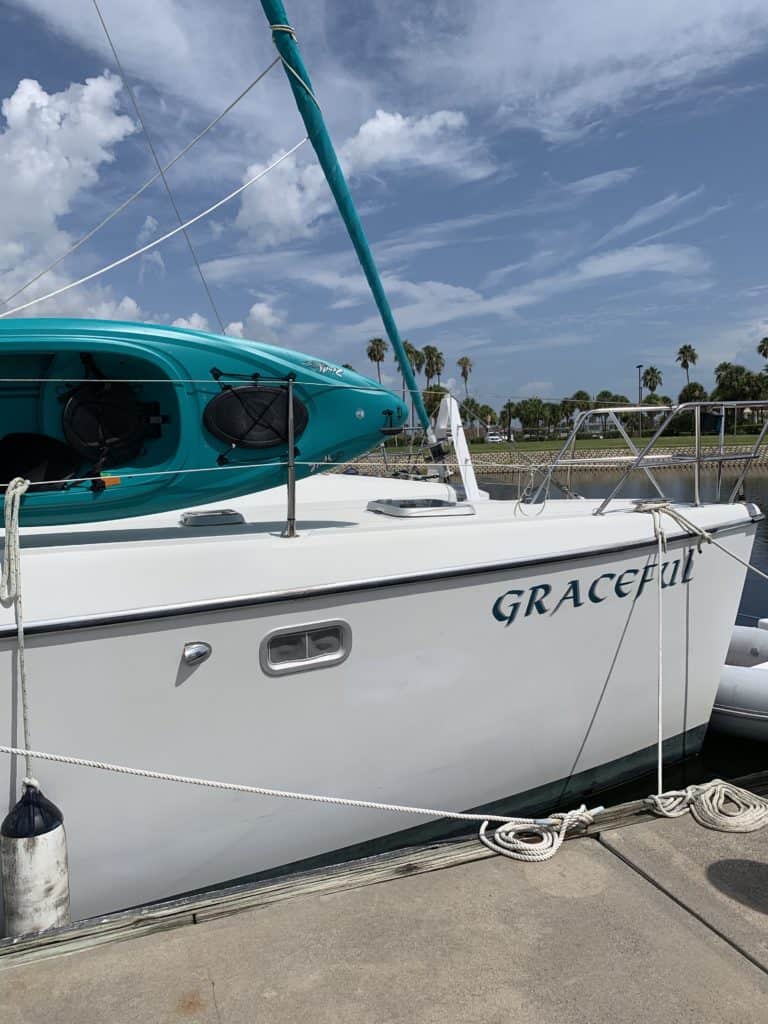
Younger children will have a hard time.
The two containers for solids and liquids are excellent to use for older children and adults.
They are a bit difficult for young kids. The containers are far apart, and little kids will have a hard time sitting back far enough. The liquids will be fine. Solids may require an adult to clean.
Bugs in the toilet
The fan keeps a constant negative pressure inside the solids container, by sucking air from it and blowing it outside the boat.
The toilet lid has a rubber seal, and it must be kept closed all the time.
Once small mistake, and you will have an infestation aboard. We had to deal with it once. I hate to say it, but I did use bleach to wipe down everything. Twice.
Luckily, due to the daily use, we never left anything long enough to start decomposing, so no bugs had a chance to hatch either.
What I Want Instead, on the Next Boat.
It is a hard question. But I think I might pass having a composting head aboard, again.
I would choose an MSD Type I. We had an MSD Type I aboard our monohull. I loved it.
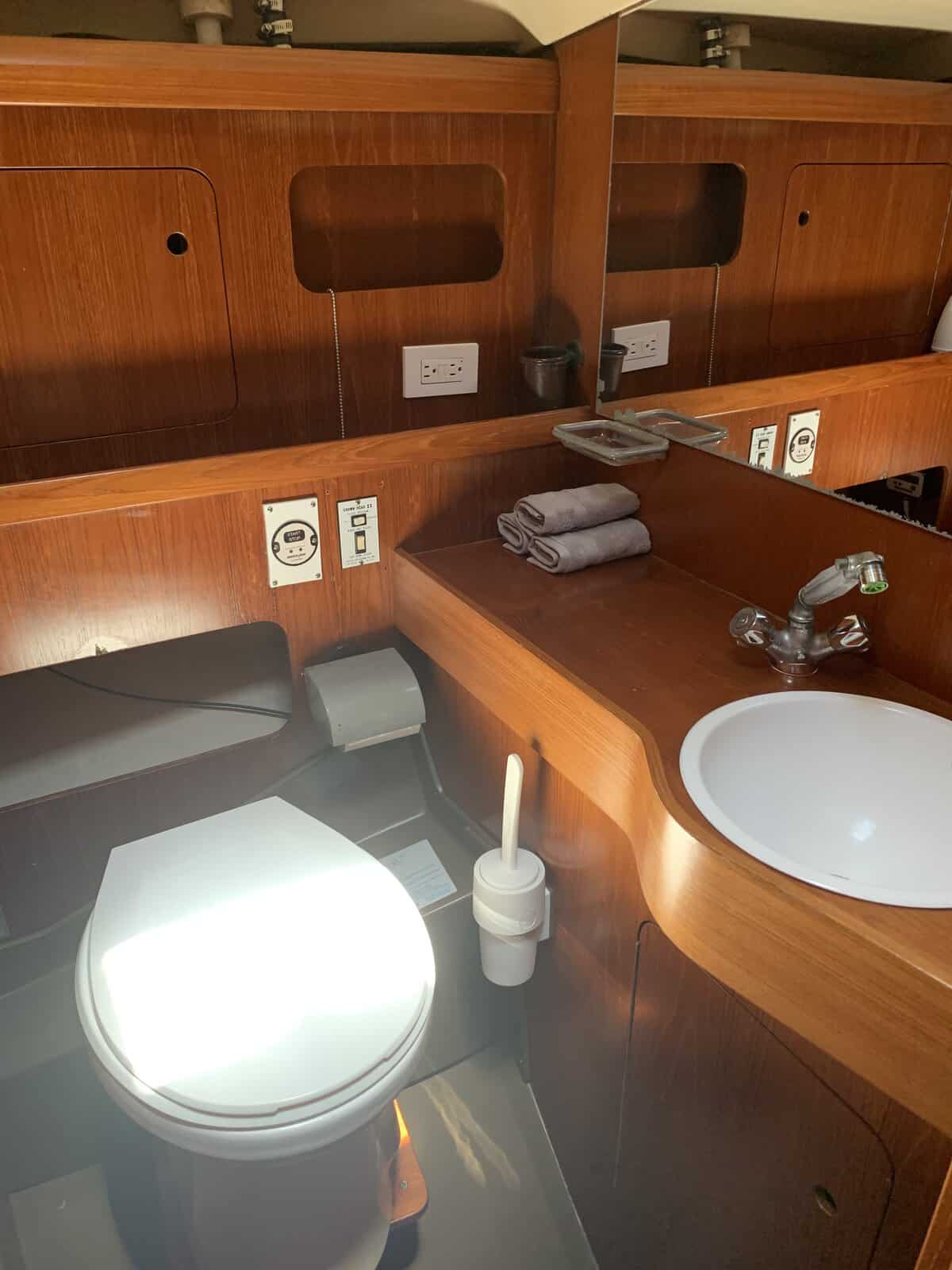
It is a macerating toilet, which uses salt water and small charge from 12V battery to produce a chemical reaction necessary to kill the harmful bacteria found in human waste.
It cannot be used in fresh water (lakes, reservoirs, etc.), and in no-discharge zones. Everywhere else is perfectly fine and safe.
Ours had a few mishaps, (valve-related, nothing wrong with the unit), which were not fun to clean at all, but if we end up on a boat again, that would be my preferred choice for a toilet.
Holding tanks are my least favorite.
Having said that, many people love their composting heads and I am working on a long post how to best use one – coming soon!
Other Everyday Boating Gear You Will Need:
My Washing Machine Aboard – Forget Bucket Laundry!
19 Best Boating Bags. Tips How to Use Them.
9 Sailing Outfits for any Season and Reason
Comfortable Sailing Shoes for Every Boating Need
